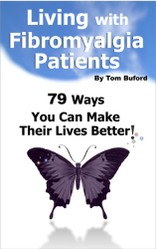Over the decades there has been much controversy with regard to menopausal hormone therapy. Physicians have debated this issue, and patients seem to have a variety of ideas as to whether or not it is beneficial. Nevertheless, there is evidence that it provides significant relief from hot flashes, night sweats, as well as dryness and atrophy of the vagina in these clients [1, 2].
In fact, clinical studies have shown that it is the most effective tool for the control of vasomotor symptoms such as hot flashes [2].
The vaginal mucosa becomes thin in these women, and there may be painful sex. The current term for this is genitourinary syndrome of menopause, and this replaces the older name which many medical doctors remember as vulvovaginal atrophy [2].
Menopausal hormone therapy is beneficial for the prevention and treatment of osteoporosis, and women who receive it will have a lower risk of fractures than those who do not take it.
[1, 2].




 The Reality of Aspirinon 05/24/2021
The Reality of Aspirinon 05/24/2021
 An Old Microbeon 03/31/2021
An Old Microbeon 03/31/2021
 Coronavirus and Mental Illnesson 02/14/2021
Coronavirus and Mental Illnesson 02/14/2021
 Acute Ischemic Strokeon 12/25/2020
Acute Ischemic Strokeon 12/25/2020


Comments